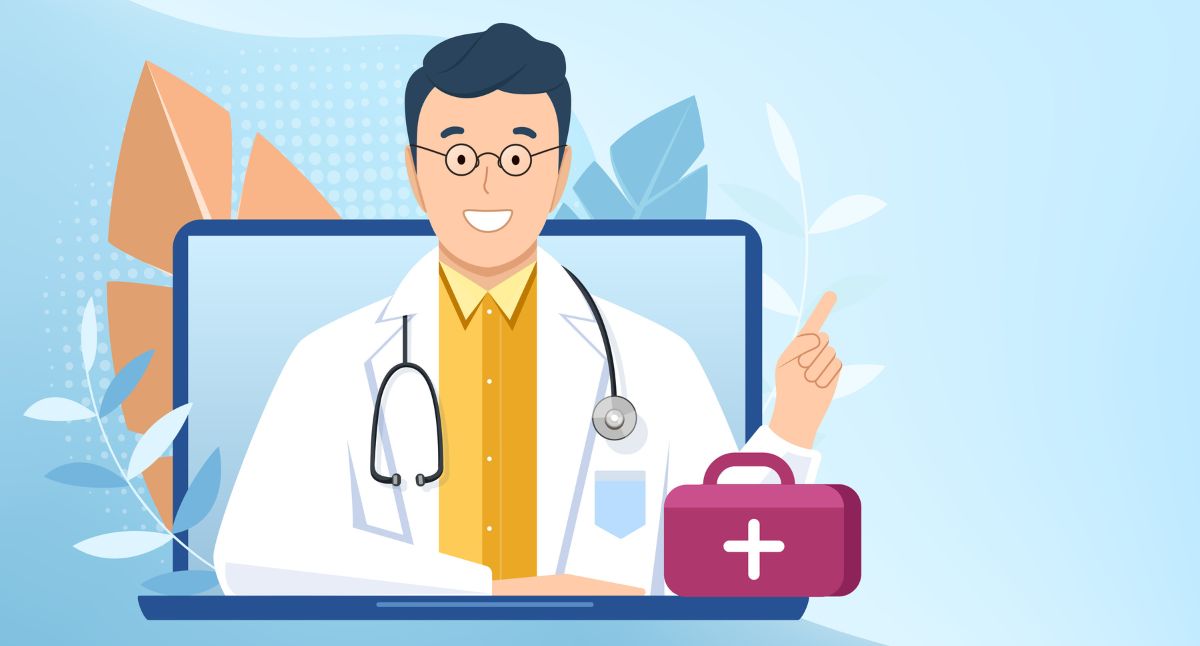Medical software’s demand is at an all-time high in the global marketplace to enhance healthcare procedures and improve the quality of medical treatments. It is a matter of great discussion because medical software and tools can have a huge impact on overall patient health and welfare.
When it comes to medical devices’ effectiveness, it is important to make them inclusive for everyone around the world.
Medical software localization is significant to make your medical devices accessible to everyone worldwide. You must design your medical software in a way that is understandable for all people speaking different languages. Similarly, if it is a pharmaceutical translation for drugs or other products, you must provide labeling in different languages.
For this, you need medical software localization services or pharmaceutical translation services. Let’s find out the significance of medical software localization and how we can do it more effectively.
What is Medical Software Localization?
It is a process of making the medical software compliant with international regulations and translating it into local languages. The purpose of medical software localization is to create an inclusive online space for both healthcare service providers and patients, where they can have an optimized healthcare experience.
There are a lot of technological innovations happening in the healthcare industry, and telehealth devices are in high demand. It is time for healthcare providers to create localized online experiences that would capture global markets.
Healthcare companies need to focus on medical software localization to eliminate the communication barriers between healthcare providers and patients. Just like technical functionalities and quality of software matter, there is a need to focus on localization as well, because it is going to have a huge impact on the overall patient’s experiment over the telehealth devices.
Significance of Medical Software Localization
It is essential for international medical healthcare providers to have reliable medical tools and software to provide quality healthcare services to their patients worldwide. When it comes to healthcare software, poor translations would not just impact the online patient experience but also affect the overall healthcare quality and effectiveness.
To avoid such issues, your healthcare software should be localized for every region that you’re targeting. Localized software reduces the communication gap between a patient and foreign healthcare service providers.
Considering the sensitive nature of the healthcare industry, the medical service provider must follow international regulations. Moreover, all the user manuals, labels, and packaging must be translated into the local languages of the patients.
How to do Medical Software Localization?
Doing the medical software localization is not an easy task at all. You have to get away with a lot of challenges, and ensuring quality is the most critical thing in software localization. Following are some major points that you must consider while doing software localization.
Professional Translators Only
If you’re thinking of hiring bilinguals as your medical translations, you better drop this idea. Just because someone knows two languages doesn’t make them professional enough to handle your healthcare translations. You must hire a professional medical translator who can understand the medical terminologies and is also familiar with the intricacies of the health industry globally.
When it comes to healthcare translations and localization, there is no room for mistakes because they can lead to major issues and health hazards. For translation purposes, you can also contact professional medical software localization services agencies who would handle your localization project considering international medical regulations and standards.
Life Science Translation services is a reliable company that offers high-quality translation services to healthcare providers.
Automated Workflows
Once you have assembled a team of experienced medical translators, it’s time to optimize tour localization operations and workflow. Depending on the traditional translation workflow would only make things worse.
To keep the localization operations smooth and hassle-free, you must equip yourself with the right tools and resources. There are many CAT tools and TMS software available online that would help streamline your localization processes.
This would not just reduce the managerial workload but also allow you to do more work in less time.
Not just that, optimized workflows reduce the chances of errors because there would be fewer complications caused by excessive human intervention.
Well-Planned Methodology
Localization is a challenging task, and you need a robust plan and strong methodology to execute it. To make sure that everything is going well and there are no mistakes, your methodology has to be solid.
First of all, you must create translation glossaries to give everyone an understanding of how translation should be done. Glossaries would help the translators get an idea about the brand name, definitions, and acronyms, this way your translation will remain consistent throughout the globe.
Then, you will establish translation memory that would help you generate quick translations, with quality and consistency. You must also perform quality assurance testing unless there are no mistakes left.
Your translated document needs to be proofread multiple times by medical translators to make sure that there are no loopholes in the translations and that everything is on point.
Conclusion
Make sure you have all the right resources, tools, and methods in place before localizing your medical software. Life Science Translation is a reliable medical translation service provider that can help you overcome medical software localization challenges. You must follow all the guidelines in this article for the successful localization management of your professional medical software.

